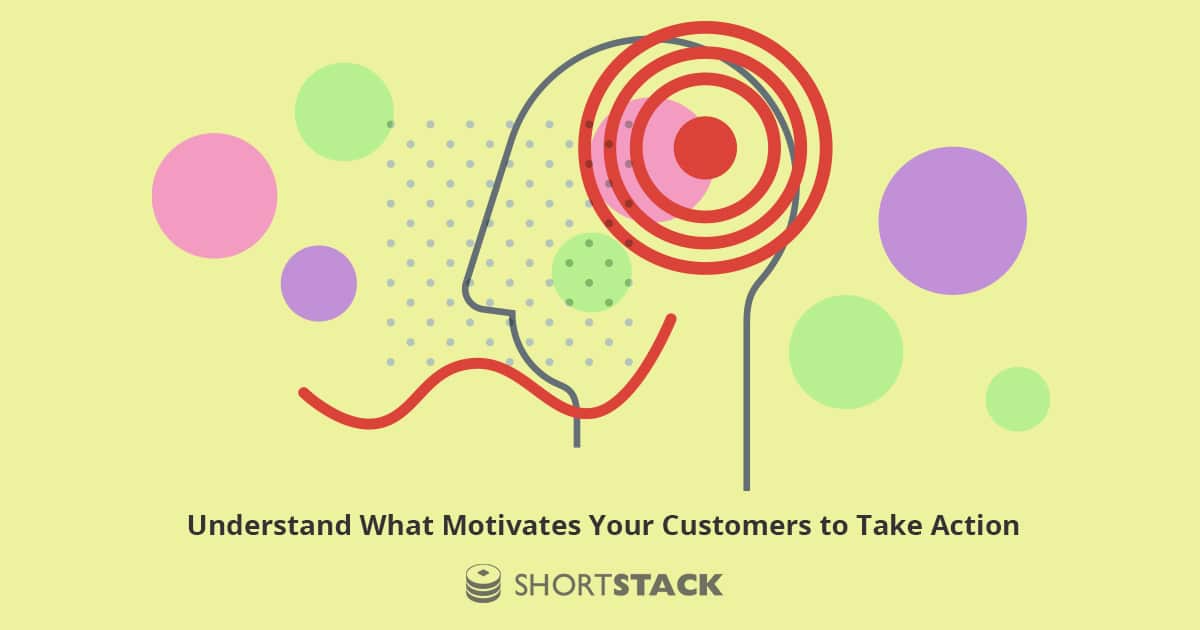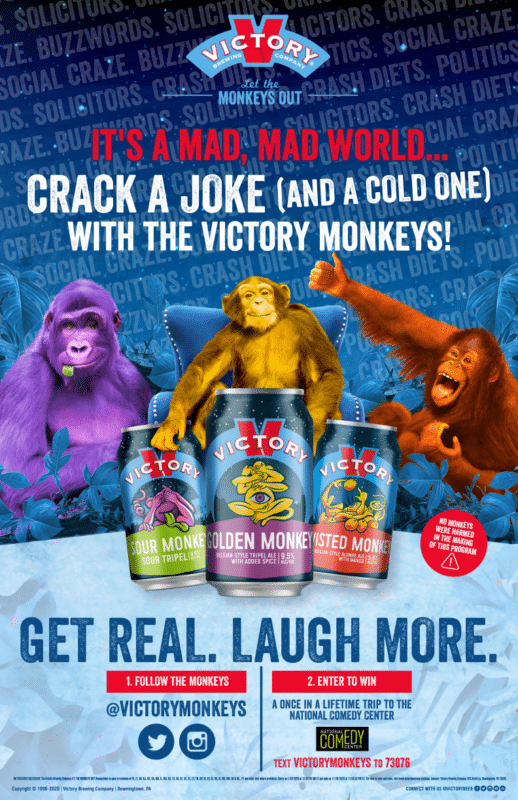How to Understand What Motivates Your Customers to Take Action

This content discusses the importance of understanding customer motivations and how it can improve marketing strategies and increase conversions.
Take action…That’s what you are trying to entice your prospects to do, right?Whether it’s the simple act of clicking a button to “Find Out More” or it’s the final checkout of a product purchase, actions are the measure of a marketer’s success. They are the conversions you’re striving for.So, what motivates someone to take action?Of course, that’s a broad question, and it depends mostly on what the action is. But let’s start from the beginning, with why, and unpack this tricky concept step by step.
Why should you understand what motivates your customers?
If you can understand why your customers take action, it becomes simpler to adapt your marketing and sales strategy to accommodate that reason.It allows you to develop marketing communications, such as ad copy, landing pages, and design elements to match those motivations. You can also time your marketing delivery to line up with a customer’s stage in the buyer’s journey. Different motivations influence people at each stage of this process:

The Buyer's Journey (Source)
- Awareness - At this point, they aren’t looking for anything in particular. They’re unaware of your brand and likely unaware of the problem they have. An “Awareness Action” is probably just a click or a pageview.
- Consideration - This is when a potential customer starts to take notice of you and your competitors. They are now aware of the problem they have, have been exposed to your brand, and seek reasons to choose a particular path. A “Consideration Action” may be a form submission or a quote request.
- Decision - After considering all of their options, it’s time for a decision. The “Decision Action” is a transaction or an agreement to work together. At this stage, customers are motivated by security, trust, price, and other final-step contributors.
Suppose you don't understand the variance in your customers' motivations at each stage of this process and therefore don’t adapt your marketing accordingly. In that case, you'll deliver inappropriate and mistimed messages to prospects, which will decrease conversion rates.Beyond the sale, a robust understanding of customer motivations enables you to innovate and improve your products, features, and customer experience.That’s the why... now to the topic at hand.
What motivates a customer to take action?
Customer motivation is complicated, but well-regarded studies have done the heavy lifting and disseminated their findings into something more digestible. According to “the godfather of motivational research,”Ernest Dichter, consumer actions are driven by 12 motivations:
- Masculinity-virility - Power, strength, self-assurance. Power tools, razors, and beer brands often use this motivating concept in their advertising.
- Security - Safety of you and your loved ones. Video doorbell provider, Ring, use the security and safety motivator to develop and market its product:
- Eroticism - Sexuality, and desire. “Sex sells.” For example, check out this Carl’s Jr. commercial featuring Kate Upton. They’ve used a subtly erotic theme to promote one of their burgers:
- Moral purity - Cleansing the mind and soul. Beauty products, such as soaps or cleanses, often play with the idea of “clean body-clean soul” to attract customers with the desire to be pure.
- Social acceptance - To be embraced and accepted by others. Coca-Cola tap into the social acceptance motivator with its “Share a Coke with…” campaign:
- Individuality - A desire to be unique. Personalized products and services, such as built-to-order cars, or custom design shoes, typify individuality.
- Status - Luxury and importance. High-end brands including Louis Vuitton and Rolex are built on the back of the status motivator.
- Femininity - Glamor, emotion, softness. Perfumes, clothing, and jewelry brands may identify with this consumer motivation.
- Reward - Treat yourself, guilty pleasures. Contests and giveaways are a great example of providing a reward to motivate participants, like this example from Victory Brewing:

Victory Brewing Giveaway Example
- Mastery of environment - A sense of competence to manage everyday affairs.
- Disalienation - Feeling connected to the world around us. Not many brands unearth a feeling of connectedness more than Nat Geo:
- Magic-mystery - Psychological or “magical” effects that alter your perception.
You'll see from the examples above; some products have an innate motivating association with one of these driving forces. However, you can also use creative marketing to sell products by incorporating these motivators in your campaigns, like in the erotic burger example.When positioning your product or service in the market, you should understand which of these motivations drives your customers to take action and use them in your marketing communication.
How can you better understand what motivates your customers?
We've established that it's important to know what motivates your customers, but how do you truly understand this complex topic without making assumptions?The key is to observe, collect, and analyze data. There are three types of data you should consider working with:
- Historical data - This is the data you already have access to, such as website analytics, purchase history, and email engagements.
- Primary data - Data you can collect first-hand, such as surveys, multi-step forms, quizzes, or choice-based contests. For example, using ShortStack’s Pick Your Prize landing page template, you can easily set up a giveaway and capture customer preferences about product interests:

Pick Your Prize Giveaway TemplateView and Create Your OwnThen you can create a deeper view of your customer using ShortStack Analytics.
- Experimental data - This is information you collect by running targeted marketing campaigns specifically designed to better understand your customers’ motivations.
While all data types will help you make valid assertions about your customers' motivations, you'll get the best results from a holistic view that combines information from all three.
Conclusion
The documentation, analysis, and optimization of actions at every stage of the buyer's journey are how a modern marketer improves return on investment. This process is often referred to as conversion rate optimization.If we strip back the fancy marketing jargon, you're really just trying to understand what makes your customers buy from you. As it turns out, there are numerous actions that the average buyer makes in the lead-up to a financial transaction with a business, all of which are determined by an innate motivational factor.By understanding what these key motivations are for your customers and when they are heightened during the buying journey, you can develop a more compelling (and profitable) marketing strategy.




